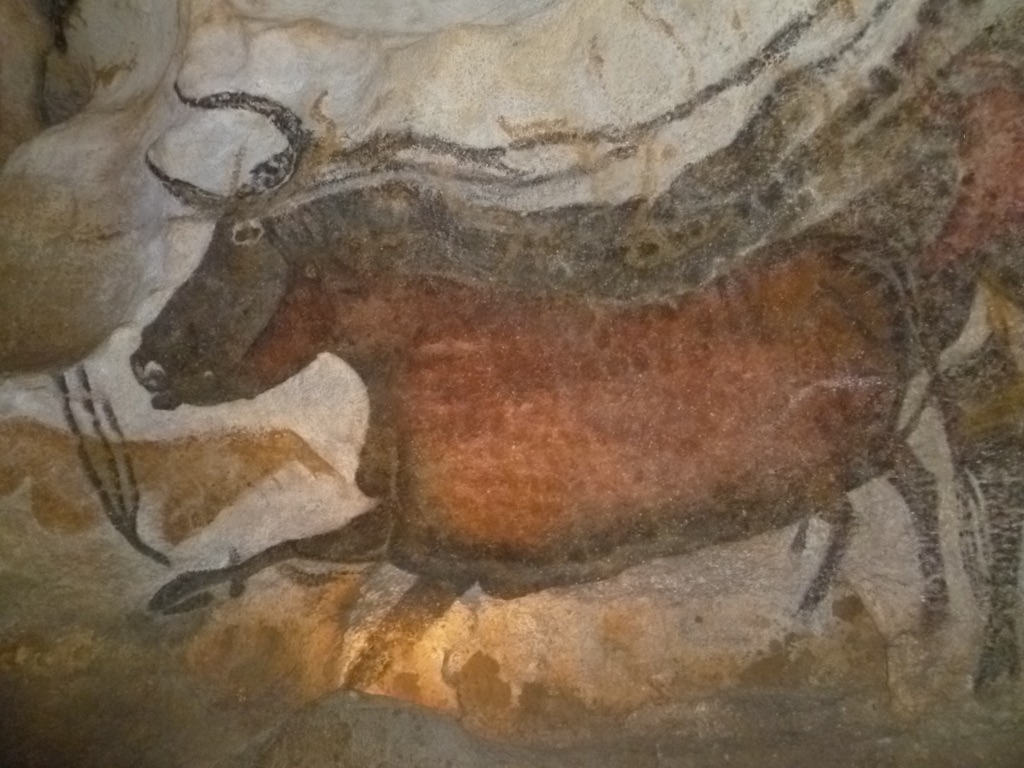The Lascaux Cave, a complex of caves in southwestern France, is famous for its Paleolithic cave paintings. Discovered in 1940 by four teenagers, the cave’s walls are adorned with over 600 paintings and 1,500 engravings that date back to approximately 17,000 years ago. These artworks depict large animals, human figures, and abstract signs, providing a window into the lives and minds of our prehistoric ancestors. The cave is a UNESCO World Heritage site and is considered one of the most significant sites of prehistoric art in the world.
Cave Paintings

Cave paintings are some of the earliest forms of human expression, dating back tens of thousands of years. Found in caves around the world, these paintings often depict animals, human figures, and abstract symbols, showing how early humans interpreted their world.

Grotte de Rouffignac
The Grotte de Rouffignac, also known as the Cave of the Hundred Mammoths, is a prehistoric cave located in the Dordogne department in France. Renowned for its Paleolithic cave paintings and carvings, this site is a treasure trove of ancient art. The cave extends over 8 kilometers and contains over 250 engravings and drawings that have been preserved for thousands of years. The artwork predominantly features mammoths, hence the cave’s nickname, but also includes depictions of rhinoceroses, horses, and bison. The Grotte de Rouffignac is part of the UNESCO World Heritage list, recognized for its outstanding contribution to the understanding of prehistoric Europe.
